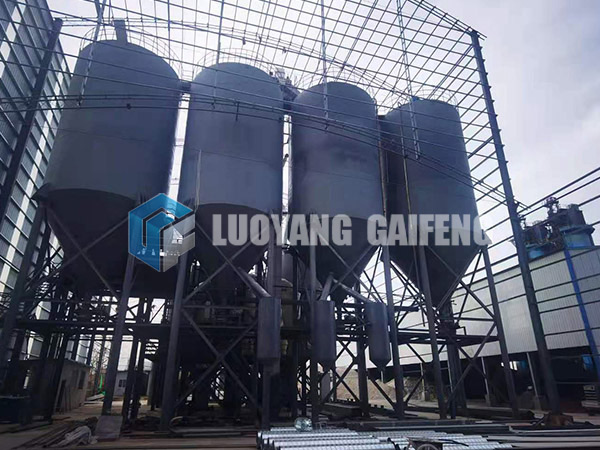What are the differences between calcium hydroxide equipment and traditional production processes?
In recent years, with the continuous development of my country’s calcium hydroxide market, the technical indicators of calcium hydroxide products are also constantly improving. The traditional calcium hydroxide production process and the inability to meet market demand and technical indicators have been gradually replaced by calcium hydroxide equipment. Everyone has a lot of doubts about calcium hydroxide equipment. Many people are curious about the difference between calcium hydroxide equipment and traditional production processes? Next, I will introduce you to it.
The difference between calcium hydroxide equipment and traditional production process

1. Production process
The calcium hydroxide that can be mechanized and produced on a large scale using calcium hydroxide equipment has a much higher product quality than hand-produced products. At the same time, the equipment also realizes automatic control and online real-time monitoring. The entire production line only needs 2 to 3 employees, which saves human resources.
The traditional production process is mainly manual, and the product quality is not very good. It is mainly used in low-end markets such as sewage treatment, ash calcium, and putty powder.
2. Calcium hydroxide production
The production of calcium hydroxide equipment can realize large-scale production of calcium hydroxide. The output of a single machine ranges from 3T/h to 20T/h, and different schemes can be completed according to the requirements of users.
The traditional production process is inefficient, and each person does not exceed 1 ton of finished calcium hydroxide during the day. Such production capacity cannot meet the large demand for calcium hydroxide in various industries such as power plant desulfurization, fine chemical industry, pharmaceutical food, petroleum, and paper making.

3. Quality aspects of calcium hydroxide
The calcium hydroxide equipment can control the discharge temperature at about 45 °C, and control the water content of the discharge at about 1%. Prevent product agglomeration, improve powder selection efficiency and slag waste.
The traditional production process relies on the experience of the workers to control the production process, and the product has a high water content and is easy to agglomerate.
4. Environmental protection
The pollution points in the production process of the calcium hydroxide equipment are all completed by the pulse dust collector, and the dust removal rate reaches 99.5%, which will not pollute the workshop and play a role in protecting the environment.
Using traditional production technology, due to manual production, a large amount of high-temperature steam and dust generated during the digestion process are diffused everywhere, and the dust pollution radius is at least 1,000 meters. Forests and crops within the contamination range are prone to disputes.
5. Dealing with emergencies
All parts of the calcium hydroxide equipment are equipped with remote control switches, which can deal with emergencies and avoid personnel and financial losses.
In traditional production plants, manual operations are required by personnel. If there is an emergency, it is easy to fail to respond in time.
Regarding the difference between calcium hydroxide equipment and traditional production processes, the above is the relevant introduction brought to us by calcium hydroxide equipment manufacturers, hoping to help you.


